Indy Gaming: Some memories of The Mirage as the resort exits the stage
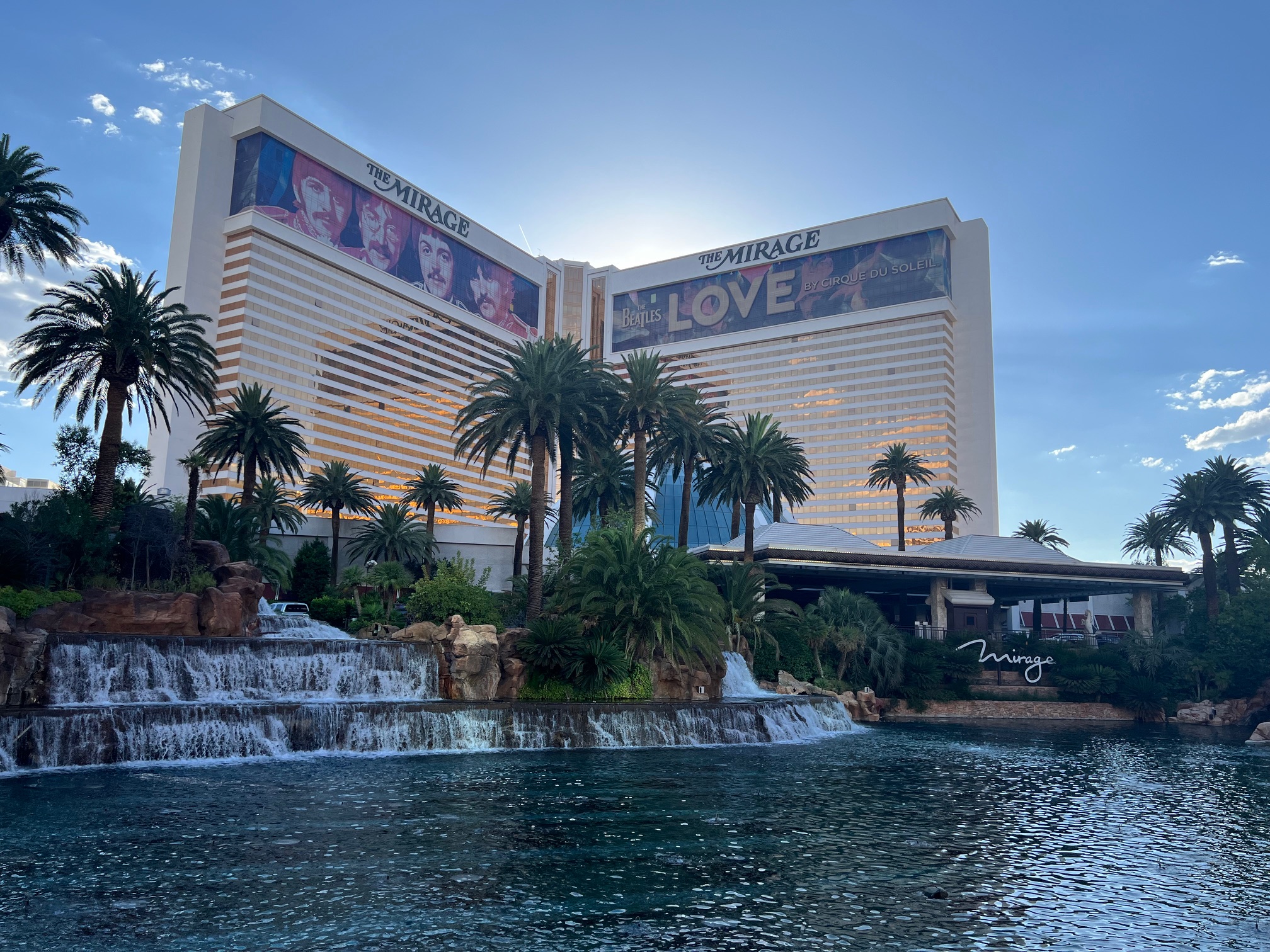
The Mirage will close in 14 days. I’ve been around long enough to experience the opening and closing of the Strip resort. Also, a new job for one of Las Vegas’ better communications professionals and some news stories for you to enjoy during the July 4th holiday.
Please click here to sign up for Indy Gaming.
On a Saturday afternoon last month, visitors to The Mirage stood on the bridge above a water feature inside the resort’s glass-domed atrium to take a selfie surrounded by the tropical foliage.
It was an activity repeated countless times in the past 35 years.
The atrium was one of the more perplexing decisions in 1989 by Mirage developer Steve Wynn. At the time, Las Vegas casinos never gave up that much space to anything that didn’t have a slot machine or a blackjack table.
The Mirage was the first Strip resort constructed in 15 years. Wynn knew he needed to make a statement, given the 3,000-room resort was built at a then-unheard-of cost of $620 million.
That amount of money is laughable today. Red Rock Resorts spent $780 million on the 200-room Durango Casino Resort in southwest Las Vegas. The last two resorts built on the Strip were the $4.3 billion Resorts World Las Vegas and the $3.7 billion Fontainebleau Las Vegas.
In 2009, ahead of The Mirage’s 20th anniversary, Wynn told me in an interview that costs never concerned him. He described driving his powder blue Mercedes sedan into the Sands Las Vegas parking lot in the mid-1980s. He would sit on the hood and stare out at the property — which housed a souvenir gift shop, two gasoline stations and the Castaways Casino — to contemplate the development. What came to him was to build something that didn't exist.
"Suppose what you see with your eyes doesn't match up with your brain," Wynn said. "Think of the harsh Southern Nevada desert, and then you see a waterfall, something out of the South Pacific or the island of Kauai. It's not supposed to be there, and that was the intention."
I covered the property’s opening for the Las Vegas Review-Journal in 1989 and watched as the thousands of visitors that lined The Mirage’s driveway from the Strip finally made their way through the front doors at noon. The opening brought national and international attention to Wynn and Las Vegas. Sitting in for my pre-opening interview with Wynn was the late entertainer Michael Jackson, who uttered just a few words.
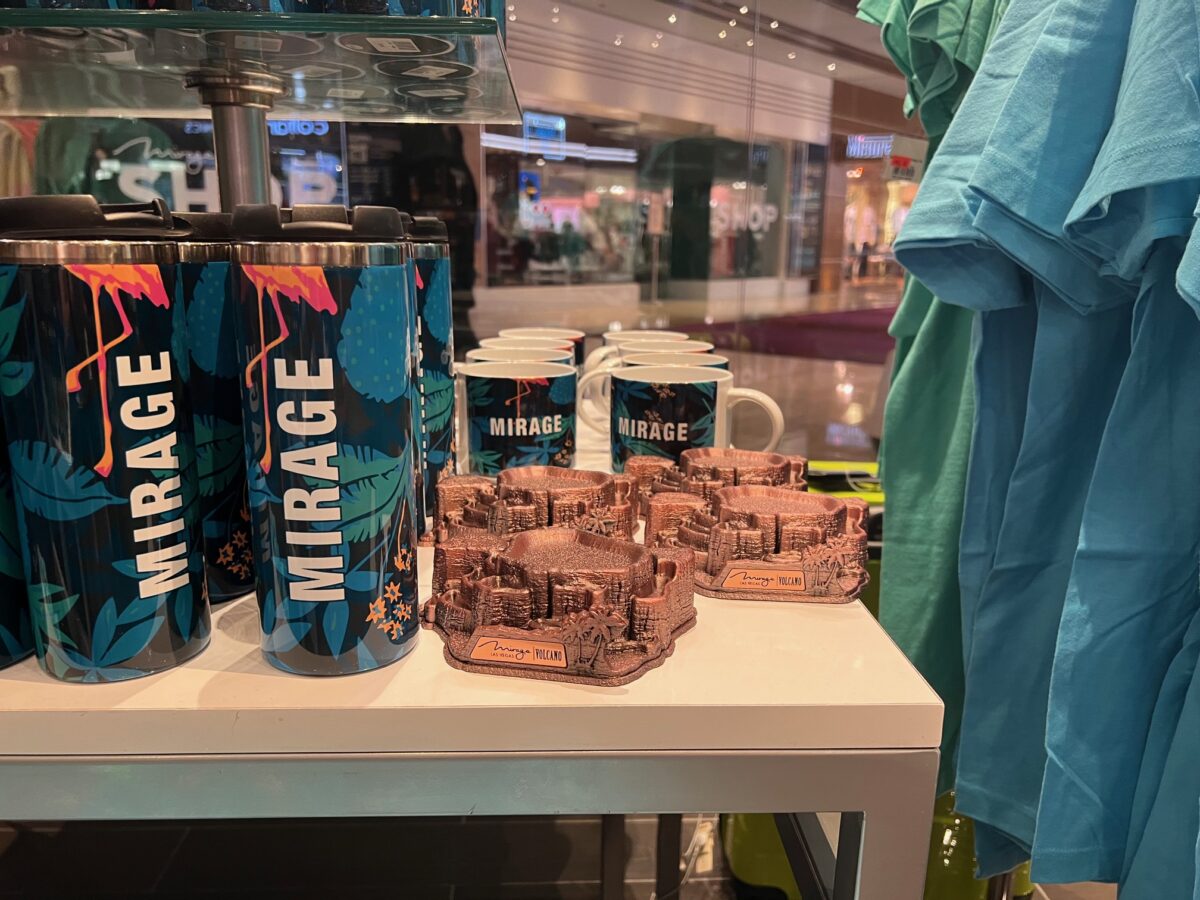
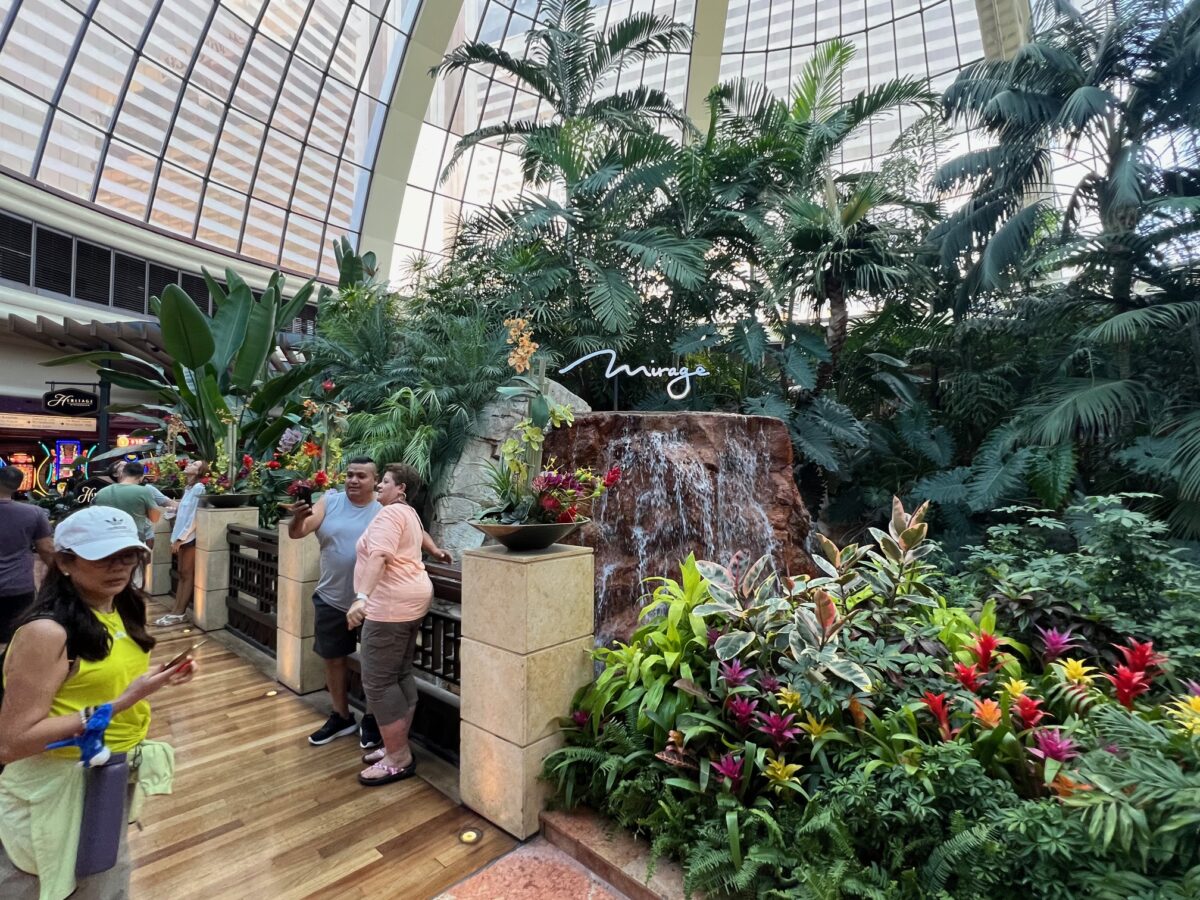
Wynn sold The Mirage and his company to MGM Resorts International in 2000 for $6.4 billion, which included $2 billion in debt.
Fourteen days from now, The Mirage’s doors will be locked.
The Mirage is shutting down for a three-year transformation into the Hard Rock Las Vegas. It's unclear if the atrium will survive the renovation. The faux 54-foot-tall volcano along the Strip will bellow its last breath before closing and being demolished. The space is part of the location for a guitar-shaped hotel tower that will rise up to 660 feet above the Strip.
When The Mirage opened, the volcano’s eruptions stopped traffic on the Strip as drivers watched the display. In 2008, the volcano was torn out and rebuilt at a cost of $25 million to add new music and additional pyrotechnics.
Hard Rock, which is owned by Florida’s Seminole Indian Tribe, announced the deal in 2021 to acquire the business from MGM Resorts International for $1.1 billion. Real estate investment trust VICI Properties owns the 77-acre site.
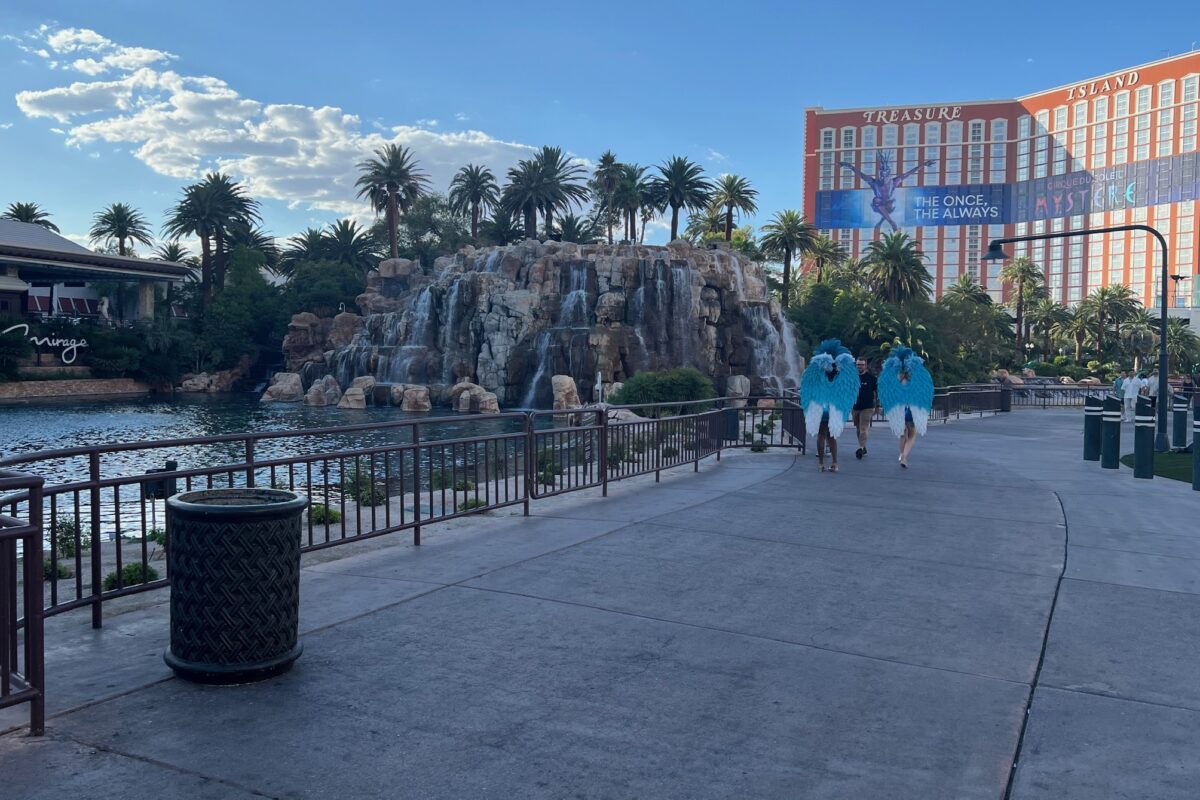
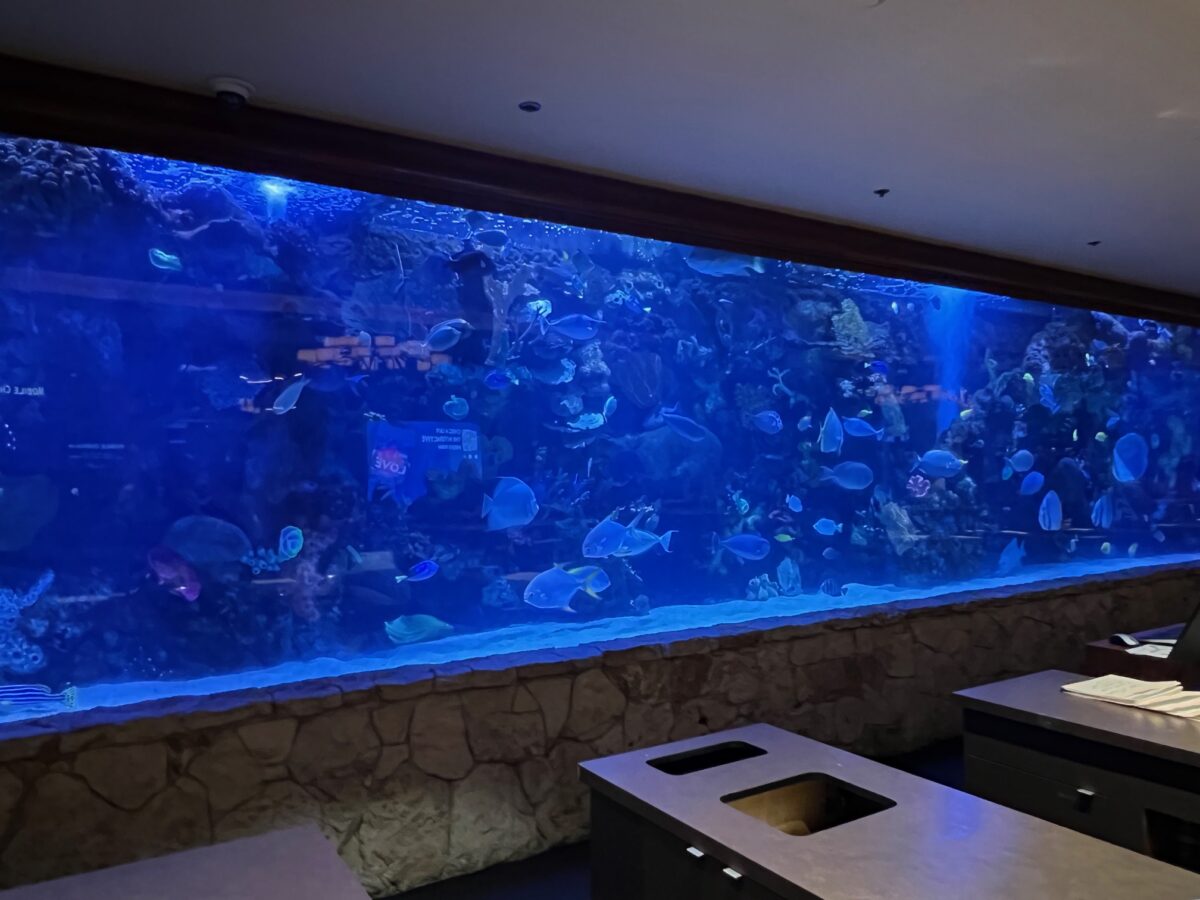
I hadn’t visited The Mirage since Hard Rock took over so it seemed like a good time to wander through the property for one final tour.
Siegfried and Roy’s Secret Garden and Dolphin Habitat disappeared soon after Hard Rock International took over the operations in 2022.
As my wife and I walked through the atrium one last time, we were handed 30 percent off coupons for The Beatles' Love Cirque du Soleil show that took over Siegfried and Roy’s former theater. The gift shop had numerous collectibles, shirts, hats and other items bearing The Mirage name.
The space near the casino’s south entrance where a glass wall allowed visitors to get up close to Siegfreid and Roy’s tigers had long been replaced by a Mexican restaurant. The moveable walkway from the south entrance also had long been torn out. Before MGM took over, visitors were treated to a recording of Wynn describing some of The Mirage attractions.
As we walked past the silent volcano, I remembered MGM Resorts kept the rights to The Mirage name and trademarks. There’s a saying and a song, “Everything Old is New Again.”
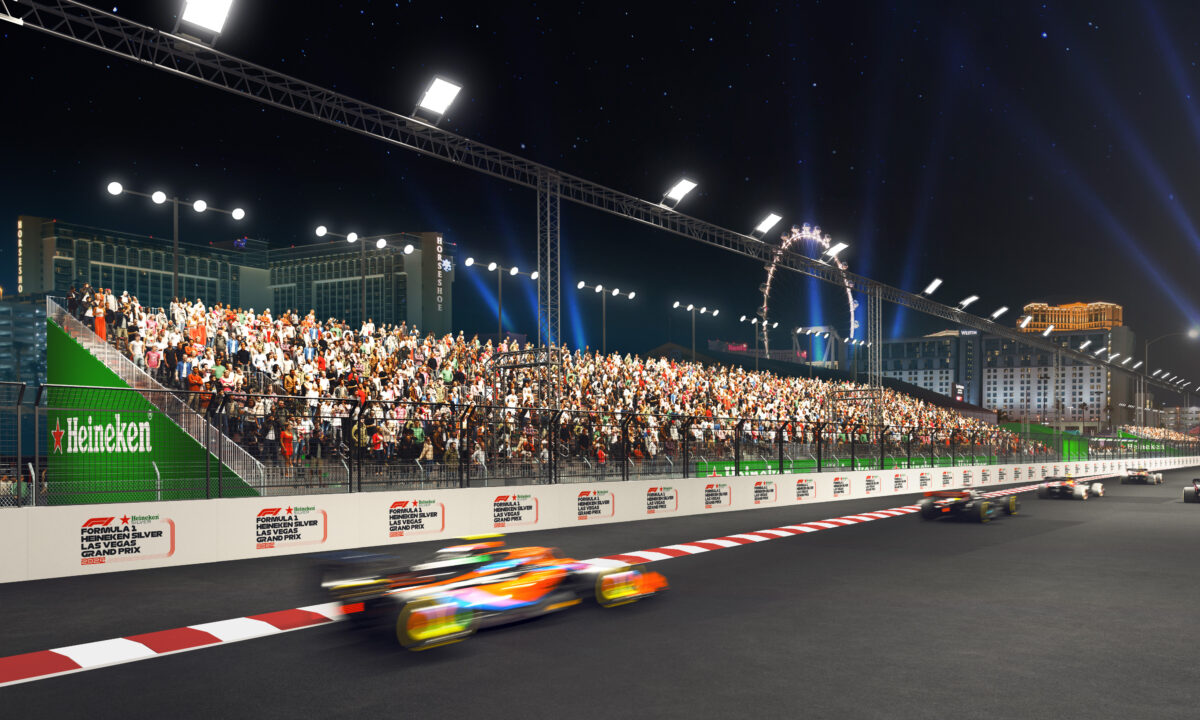
Las Vegas Grand Prix provides a new role for Nelson-Kraft
Lori Nelson-Kraft has faced challenges in her nearly three-decade corporate communications career.
She helped Red Rock Resorts — then known as Station Casinos — maintain its public persona during the company’s Chapter 11 bankruptcy reorganization in 2009. At the same time, she was a target of Culinary Workers Union Local 226, which posted a rather unflattering photograph of her in the union hall.
Of course, I took a picture of the photo and texted it to her.
“That photo is not going to help my dating profile,” the then-single Nelson-Kraft texted back to me. I am happy to report that she married Paul Kraft on July 4, 2018. (Happy anniversary, Lori and Paul).
As you can probably guess, Nelson-Kraft and I are good friends. But we’ve been able to separate the obvious journalist-communications director conflicts.
That’s one reason I’m pleased Nelson-Kraft is now the senior vice president of corporate affairs for the Formula One Las Vegas Grand Prix. She took over the role in June after five years overseeing communications for the Las Vegas Convention and Visitors Authority. Her role with the Grand Prix includes community engagement.
She was part of the LVCVA team in the initial meeting with Formula One executives and Liberty Media in early 2021 to explore bringing the international racing circuit to Las Vegas.
She said the leadership of the Las Vegas Grand Prix, “recognized that it had fallen short of communicating and connecting better with our local community.”
She said she’s hoping to change the race’s public persona, brought on by the business disruption from the monthslong development of the 3.9-mile track. Local businesses near Koval Lane and Flamingo Road claimed millions of dollars in losses, with the Ellis Island Casino and Hotel filing a lawsuit.
One change is a new general admission grandstand seating offer along Koval Lane for the Nov. 21-23 race that includes a $150 ticket price.
“We’ve created significantly more general admission and accessible price points so that more of our community can come out,” Nelson-Kraft said, adding the hospitality suite structure had been shifted to offer better views of turns 3 and 4 on the track.
What I'm reading
🏗️ Report: Arizona Coyotes owner Alex Meruelo plans to relocate Tucson Roadrunners to Reno — Jeremy Cluff, Arizona Republic
Meruelo owns the Grand Sierra Resort where he plans to build a $400 million arena that will house the Nevada Wolfpack basketball team.
💲 Steve Cohen bets on Jim Dolan’s Las Vegas Sphere with a 5.5 percent stake — Kurt Badenhausen, Sportico
The billionaire owner of the New York Mets, who wants to build a casino near Citi Field, bets on fellow New Yorker James Dolan’s $2.3 billion entertainment venue.
💸 MGM Resorts’ LeoVegas to acquire Tipico U.S. sportsbook and casino — Robert Fletcher, igamingbusiness.com
The purchase allows LeoVegas to operate an online sportsbook across all international markets and brands except the BetMGM joint venture with Entain.
🏒 Blackhawks add advertisement patch for Circa Sports to home jerseys — Ben Pope, Chicago Sun-Times
Circa Sports has a sportsbook inside the American Place Casino in Waukegan, Illinois, 40 minutes north of Chicago. Circa also has a jersey sponsorship with the Vegas Golden Knights.
